Cultivating Tomorrow: The Evergreen Legacy of Agriculture
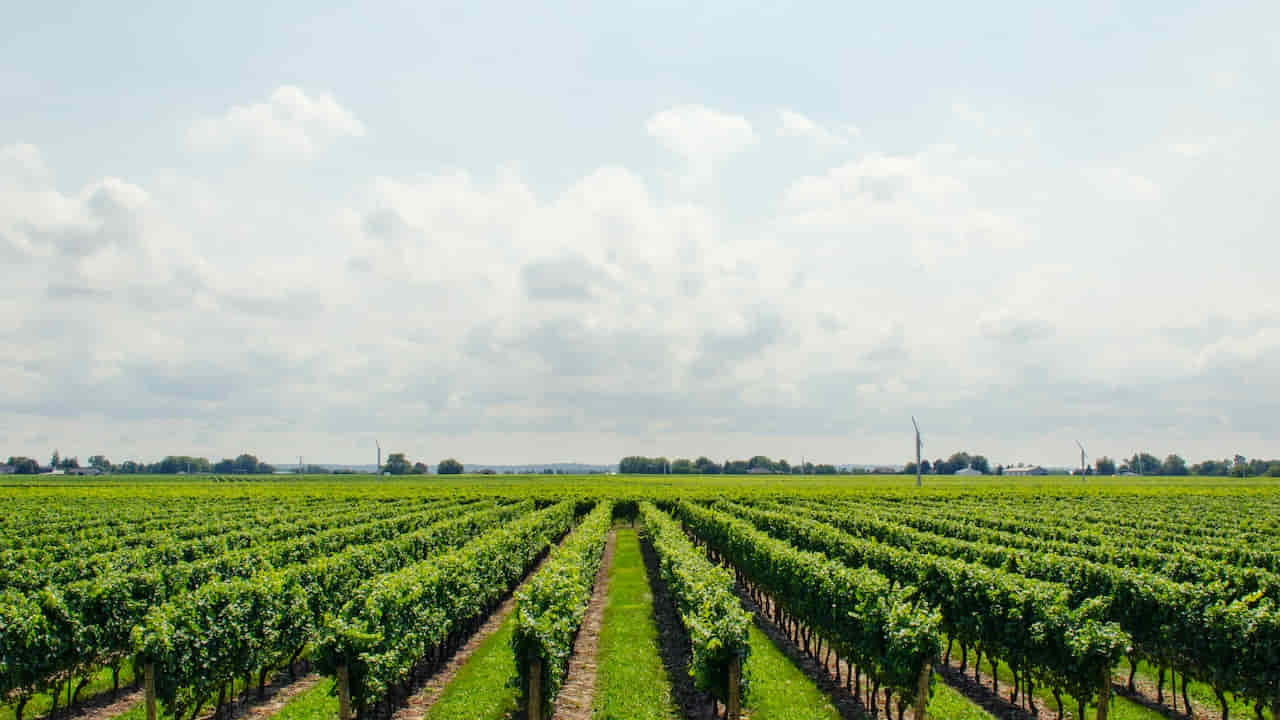
The process of cultivating land, growing crops, and raising livestock is known as agriculture (farming). It comprises preparing plant and animal products and delivering them to marketplaces for human consumption and economic benefit.
Agriculture generates the world’s food and materials like cotton, wool, and leather in bulk. It also provides building materials and paper items that vary by location.
Table of Contents
Furthermore, it combines creativity, innovation, and a wide range of agricultural cultivation and animal husbandry abilities with contemporary production methods and modern technology. Agriculture also provides commodities to the global economy. Such as grain, dairy, fiber, and fuel raw materials. Such as, fiber is a key commodity in agricultural output and a critical component in the garment industry of the US.
Etymology and Scope
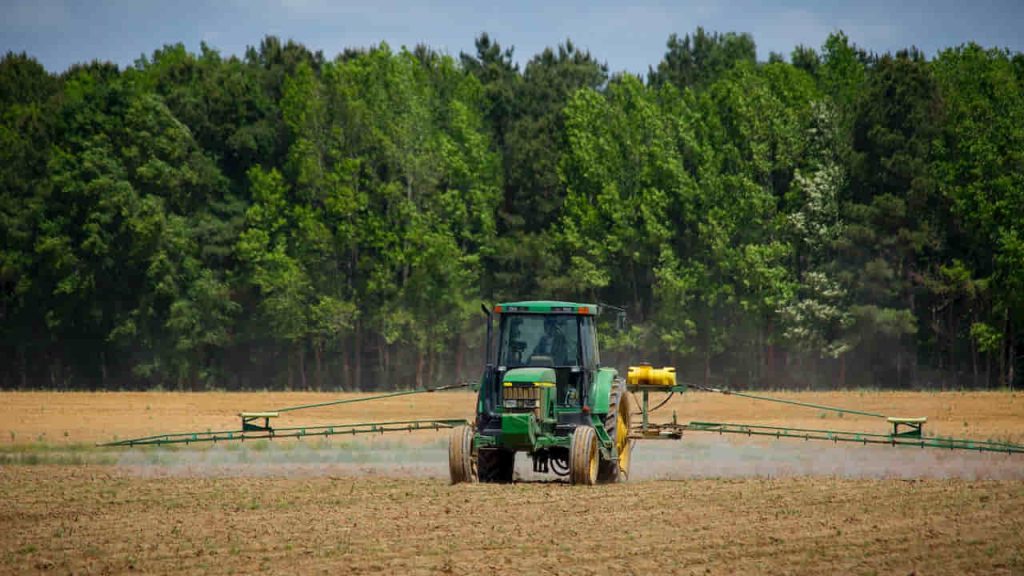
Agriculture is a late Middle English adaptation of the Latin term agricultūra, derived from the terms ager ‘field’ and cultūra ‘cultivation’ or ‘growth.’
While most people think of agriculture as something done by humans. Various ant, termite, and beetle species have been cultivating crops for up to 60 million years.
Agriculture is “the use of natural resources to generate commodities that support life. Such as food, fiber, forest products, horticultural crops, and their related services.”
This concept includes arable farming, horticulture, animal husbandry, fishing, and forestry. However, farmers ignore horticulture and forestry in practice.
There are two categories: plant agriculture (the cultivation of useful plants) and animal agriculture (the production of agricultural animals).
The Beginning of Agriculture
The story of agriculture began when early humans discovered the art of cultivating grain and root crops. Leading to the adoption of an agricultural lifestyle around 11,500 years ago.
This shift has since anchored much of the world’s population. It creates a dependence on agriculture that may include factors such as climate change.
Domestication happened when people began herding, nurturing (adapting) wild animals, and producing crops.
Dogs were the first domesticated animals (used for hunting). Sheep and goats came next. Domesticated animals included cattle and pigs as well.
The mass of these creatures has been hunted for their skins and food. Many of them now sell milk, cheese, and butter as well. Domestic animals like oxen were eventually used for plowing, transporting, and transportation.
Rice or maize, on the other hand, was most likely the first domesticated plant. Rice farming in China occurred as early as 7500 BCE.
People were able to produce an abundance of food thanks to agriculture. If harvests fail, they may consume the excess food or exchange it for other goods. Food surpluses enable people to work in non-farming vocations.
Agriculture brought previously nomadic people closer to their crops, resulting in the creation of permanent communities.
Cities grew and civilizations emerged in specific areas where new economies thrived.
The first agricultural civilizations arose in Mesopotamia (now Iraq and Iran) and Egypt around the Tigris and Euphrates rivers.
The 20 Branches of Agriculture
| Forestry | Agriculture Engineering |
| Agronomy | Agriculture Economics |
| Horticulture | Agriculture Biotechnology |
| Entomology | Agricultural Microbiology |
| Plant Pathology | Agricultural Chemistry |
| Plant Protection | Food Science and Technology |
| Soil Science | Land and Water Management |
| Home Science | Plant Breeding and Genetics |
| Seed Science | Animal Husbandry |
| Environmental Sciences | Crop-Physiology |
How and Why is Agriculture Important?
Provide raw materials
Creates a strong supply chain
Encourage economic development
Agriculture derives many useful products, such as:
- Fruits and vegetables
- Animal feed
- Natural rubber production
- Cotton for clothing
- Biofuels
- Industrial products
- Pharmaceutical products
Agriculture in Everyday Life: An Overview
- It’s a source of livelihood
- Greatly contributing to the national revenue
- Supply of food as well as fodder
- It holds a lot of significance for the international trade
- Marketable surplus
- Contribute to the development of the country
- Farm mechanization
- Forestry
- Plays a role in dairy farming
- Use of nanotechnology
- Great employment opportunities
- Foreign exchange resources
- Provides food security
Agricultural Production
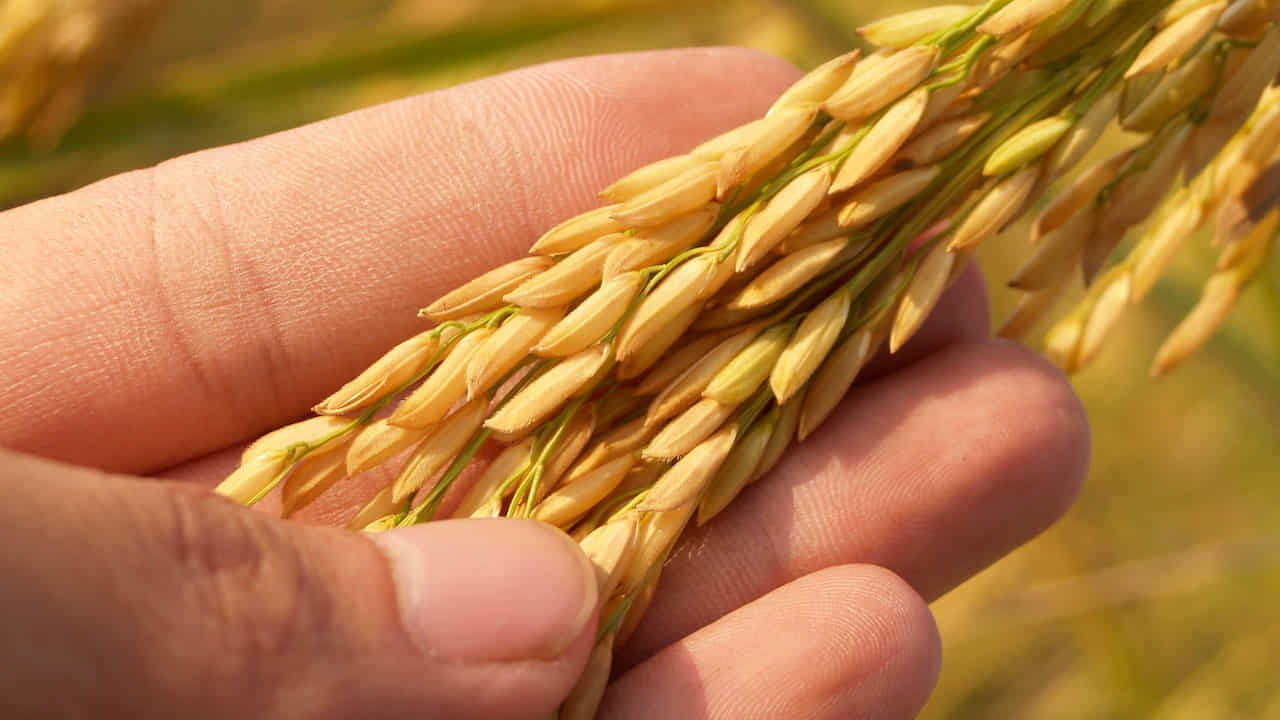
Agricultural production produces various useful products that we use in the retail market. In order to generate revenue for the country’s economic development.
It holds vital importance as it is the primary source of food and clothes for the people.
What is Agricultural Production?
It is the process of growing crops, plants, and trees from the soil and farm animals for commercial purposes that benefit human welfare is known as agricultural production.
In other words, agricultural production is the rise of crops, trees, and farm animals that have significant market value.
Nowadays, the majority of items from clothing to paper are the output of agricultural production. Even the fuel used in our automobiles is made from crops.
How Does It Work?
In agricultural production, fertile land is employes to grow products and sell to distributors.
Some beneficial agricultural products, like seeds, flowers, textiles, food, and plants are certified by the United States Department of Agriculture, the leader in the respective field.
Agricultural Production Processes
The intricate process of agricultural production starts with the selection of robust seeds or animals.
Crucially, the initial step involves preparing the soil for cultivation, marking a fundamental stage in the entire agricultural production cycle.
Subsequently, the careful sowing of high-quality seeds occurs, with crops harvesting at their peak growth.
Those engaged in animal farming, whether through buying or breeding, find an opportunity to sell their animals for a decent price.
Types of Agricultural Production
Agricultural production is the production of plants and animals for human well-being. About 25% of the world’s food supply is produced by US farmers.
There are commonly two main types of agricultural production:
- Subsistence agriculture
- Commercial agriculture
In subsistence agriculture, farmers grow a small number of crops only to make both ends meet.
In commercial agriculture, crops are farming at a large scale, having a high commercial value, such as tree crop farming. Moreover, its output is also derived by shipping at the international level.
Agricultural Sector: Challenges and Opportunities
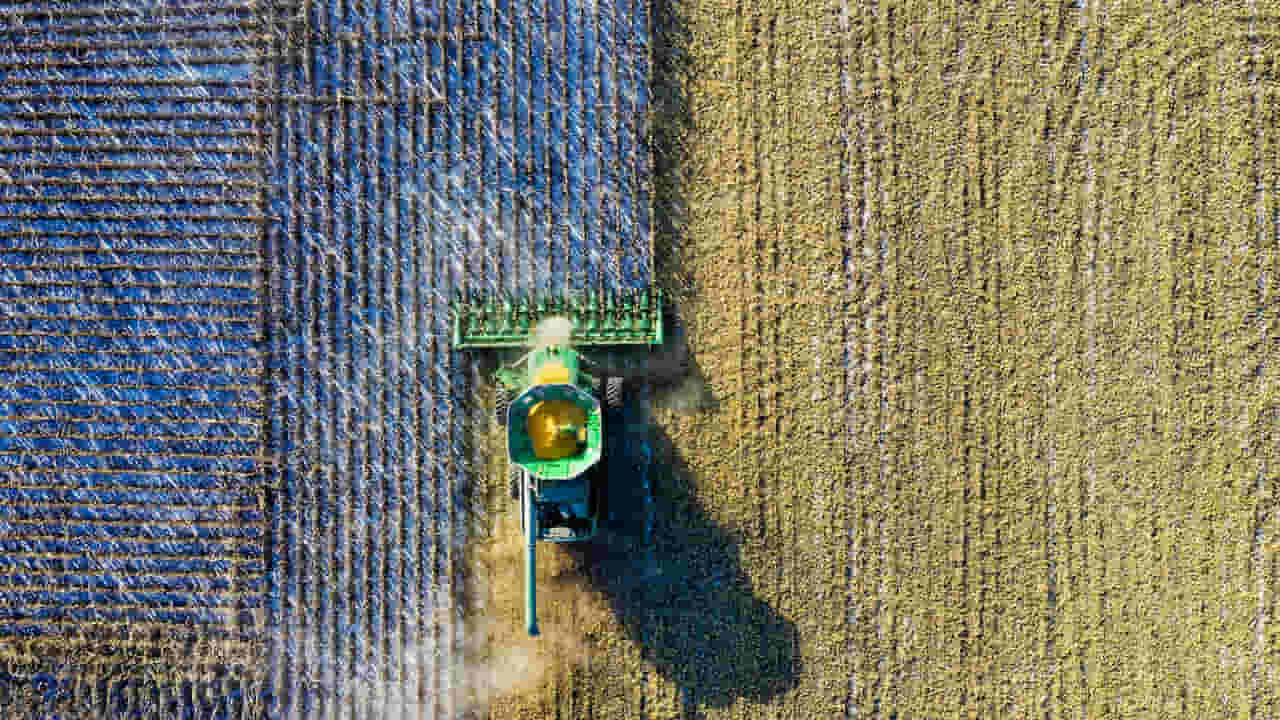
The US agriculture sector faces various challenges, like increasing demand for raw materials, food, and other agricultural products, climate change, and future resource demand.
Besides, this sector also offers many opportunities, including employment and advanced research.
Increasing Demand for Food and Agricultural Raw Materials
The demand for food and agricultural raw materials is rising worldwide due to population growth, economic development, and urbanization.
Even the US agricultural economy is amid a transitional period, with tremendous growth opportunities and challenges.
Related Pick: Agricultural Growth and Forest Loss: Finding Harmony
Advanced technology is one of the significant reasons for the increasing demand for food. Farmers in the modern age growing more products in less time and with less water usage.
Apart from competition from other businesses and nations, consumers’ preferences for non-traditional foods, environmental worries about water pollution, and fluctuating financial markets threaten the agriculture industry’s ability to continue growing.
Climate Change
Climate change looms as a global threat to agriculture, driven by human activities.
It can instigate severe droughts, altering patterns of pesticides and diseases, leading to substantial economic damage and potential limitations on future productivity.
Agriculture expansion on a larger scale leads to deforestation. It ultimately hinders the climate’s natural tendencies, resulting in altering it.
Agriculture: A Cause of Deforestation
Agriculture is essential for feeding the world’s growing population. However, the pressure to clear land for crops often leads to deforestation, and it’s about survival rather than just…
Paradoxically, amidst challenges, farmers can capitalize on opportunities by selling their products at higher prices. Sometimes surpassing the average income of a US citizen in the world’s largest agricultural production hub.
Future Resource Demands – Land, Nutrients, Water, and Energy
Looking ahead, the current annual increase in the US population by 67 million people poses imminent challenges for the future of agriculture.
Issues, particularly concerning land, nutrients, water, and energy, emerge as urbanization contributes to land loss, and natural disasters exacerbate water shortages. Creating a pressing challenge for crop and nutrient availability.
A proposed solution involves the adoption of renewable energy sources like solar energy.
How Does Agriculture Affect the Economy?

Agriculture’s impact on the economy is profound, significantly influencing a country’s economic development.
According to the United States Department of Agriculture, the agriculture industry contributes more than 0.6% to the overall GDP.
It encompasses farm production, forestry, fish farming, textile factories, and the food and beverage sector.
Agriculture’s Role in Economic Growth
Globally, agriculture serves as a cornerstone for economic growth.
It serves as the primary income source for many in developed countries and generates employment opportunities in both rural and industrial areas.
Other industries that depend on agriculture include:
- feed manufacturers and distributors
- trucking companies
- firms that manufacture farm machinery
- seed companies
- agricultural labor contractors
- seed dealers
- pest control firms
- small businesses providing equipment rental or repair services to farmers, etc.
The Current Economic Role of Agriculture
The agriculture industry is indeed the backbone of the US economy.
It significantly contributes to employment. Revenues are generated for local and state governments. It provides a source of income and donates to the nation’s food security.
The Implications of Agricultural Growth for Consumption
Agricultural growth is highly crucial to the US economy.
It is the major contributor to the country’s economic development, food security, and poverty alleviation and offers various employment opportunities.
Importance of Agricultural Biodiversity

Agricultural biodiversity is indispensable for environmental sustainability.
It offers numerous benefits to the environment and the life forms that inhabit the environment.
Moreover, biodiversity provides food for humans and animals, raw materials, including cotton and wool for the textile industry, plants and herbs for the pharmaceutical industry, wood for shelter, and materials for fuels and biofuels.
What is Agricultural Biodiversity?
Agricultural biodiversity refers to the variety of plants and their wild cousins. As well as the trees, animals, and microorganisms. It also includes crops, cattle, forestry, and fisheries. That is used directly or indirectly in food production and agriculture.
How Does Biodiversity Affect Agriculture?
However, the downside emerges in the form of biodiversity decline resulting from agricultural practices. The excessive use of artificial fertilizers and pesticides, coupled with large-scale land clearing, has led to a concerning decrease in species inhabiting affected areas.
Regenerative Farming Practices to Improve Biodiversity
Regenerative farming agricultural activities intend to increase the soil’s fertility and improve biodiversity, water retention, and cleanliness.
Some basic farming practices for improving biodiversity are:
- By cover crop method we can save the soil from erosion.
- By reducing the use of artificial fertilizers we can enhance biodiversity.
- We can also improve biodiversity by eliminating tillage.
Benefits of Biodiversity in Agriculture
Research in ecology has shown a significant connection between biodiversity and the productivity of ecosystems.
Increased biodiversity has positive consequences on agriculture. Like an increase in pollinators, the presence of pest-repelling species, and improved soil quality.
As a result, higher yields are produced.
How Monocropping Destroys Biodiversity?
Monocropping is growing the same crop on the same land for years.
It has a lot of advantages for farmers, but when it comes to the environment it is no less than a disaster. The process of monocropping affects the soil of that particular land badly and causes erosion.
Thus, as a result, the immunity of soil decreases, and it becomes open to bacteria which ultimately affects the health of the organisms that eat plants grown in that soil.
Low Biodiversity Threatens Our Food Supply
Low biodiversity means a shortage of those life forms which are responsible for soil fertility and cleanliness of the water.
These plants, animals, and microorganisms are critical to pollination. Thus, low biodiversity results in the production of fewer crops, threatening our food supply.
Trends in Biodiversity Decline
Agricultural practices have a significant negative impact on the biodiversity.
Biodiversity loss has been an increasingly worrisome issue lately. Its decline has increased over the past few decades.
Excessive use of artificial fertilizers and pesticides can significantly affect the area. Large-scale farming often requires the clearing of land. It has caused a decrease in the species inhabiting that area.
Practices Contributing to Maintain Biodiversity
We can maintain biodiversity and overcome its loss by following a few activities:
- The use of organic products can save biodiversity.
- Use the 3-R strategy “reduce, reuse, and recycle.”
- Use environmentally friendly products for the cleaning of agricultural products.
- We can avoid the loss of biodiversity by composting.
- Reduce the use of harmful pesticides in the fields.
Why is Agriculture Important for the Future?
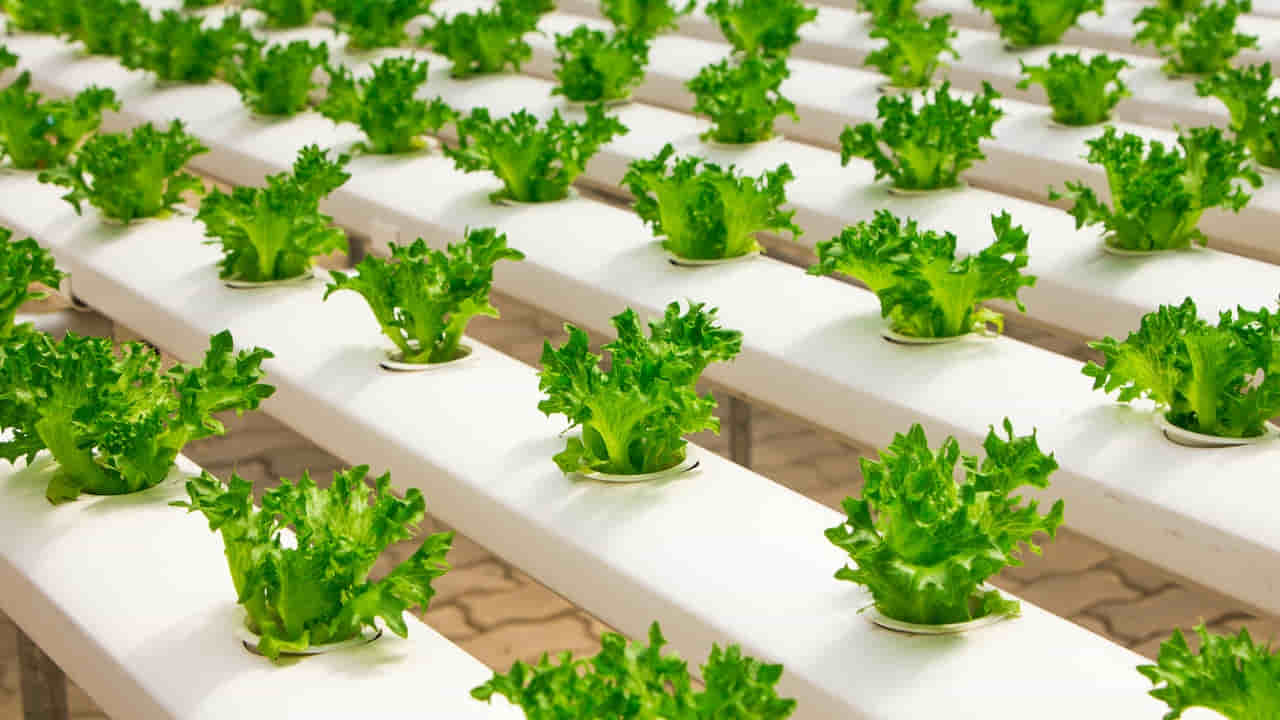
Agriculture can be beneficial for the future only if it is sustainable. It can play a significant role in producing food resources for the growing global population.
Agriculture also provides wood, paper, fabric, wool, and leather products. It also produces raw materials for major manufacturing industries. Moreover, it also lessens the chances of climate change.
The Environmental Role of Agriculture
Agriculture plays a vital role in our environment with both positive and negative impacts.
It is responsible for preserving ecosystems and boosting soil fertility.
While on the other hand, it also has diverse effects on the climate and causes pollution and diseases.
Effects and Costs
The costs and effects of agriculture must be carefully considered to ensure a sustainable future.
Agricultural production requires a large amount of land, labor, and capital investments. These costs are considerable, especially when operating on a large scale.
The effects of agriculture on the environment are significant as well. Agricultural production involves various environmental costs, such as water pollution and soil erosion.
Moreover, intensive farming practices can degrade soil quality, reduce biodiversity, and contribute to climate change.
Livestock Issues
Livestock are the farm animals on which commercial agriculture is accomplished. They are badly affected by natural calamities such as pandemics, water availability, and climate change.
In developed countries like the US, modern technologies are used to preserve livestock. Also, in today’s agriculture, livestock production is made better by using medication for milk production.
Furthermore, the provision of proper suitable shelter is essential for livestock.
Land and Water Issues
Due to different agricultural techniques, fertile lands lost fertility, affecting agriculture’s production amount.
Additionally, the unavailability of adequate facilities in the agriculture industry causes the wastage of a large amount of water.
In dry areas, plants absorb more water and cause severe drought. Over usage of pesticides also affects the land and water quality which ultimately imposes serious threats to humans and animals.
Pesticides
Pesticides are used in fields to kill pests that damage crops.
The use of pesticides has led to health risks recently. The increased use of pesticides affects both soil fertility as well as crops.
Hence, using those food crops that are affected hurts both human and animal health.
Contributions to Climate Change
The climate is also greatly affected by agriculture, like deforestation. It renders enormous tracts of land worthless and destroys the ecosystems and habitats of wild animals.
Moreover, agriculture contributes to air pollution by releasing hazardous gases during production activities.
Methane emitted from animals also causes environmental pollution, particularly ruminants like cattle and pigs.
Sustainability
Sustainable agriculture aims to satisfy society’s current food and textile demands without compromising the ability of future generations to meet their needs.
Growers may utilize techniques to improve soil health, reduce water waste, and reduce pollution levels.
Energy Dependence
Agriculture is a major industry that heavily relies on energy.
From using tractors and other machinery to the use of fuel for the transportation of produced crops, energy is an important component.
In the USA, most of the energy used comes from fossil fuels. However, reliance on these fossil fuels increases costs due to rising prices.
Thus, energy dependence is crucial to ensure the sustainability of the agriculture industry.
Plastic Pollution
In modern technological agricultural methods, plastic is also used, known as plasticulture.
In 2019, the plastic used in agriculture includes almost 2% of global plastic production. However, it cannot be reused as strong chemicals are used in production.
Thus, it adds pollution to the environment and is also damaging to the soil, animals, and insects such as earthworms.
Drives Innovation in Technology
Agriculture has also taken its steps in the age of technology. Now in modern agriculture, more products can be made with less usage of resources.
There are many new technologies, such as vertical farms, which use 70% less water than an actual farm. Similarly, farm automation and modern greenhouses have made agriculture a lot easier.
AI technology is used to monitor plant health and weather. Livestock farming technology plays a crucial role in improving the productivity capacity of animals.
It Goes Hand-in-Hand With War
Agriculture has been and continues to be linked to war for ages.
Large fields were used to deprive enemies of necessary foodstuffs. Such as cutting off the food supply, etc.
In the US, the Department of Agriculture provides subsidies to the farmers. It allowed them to produce food more cheaply and efficiently during the war.
Related Pick: Incentives for Sustainable Agriculture as a Deforestation Solutions
This ensures that the US military has access to a steady supply of resources including food. Thus, agriculture and war are strongly intertwined.
Conclusion
In conclusion, agriculture stands as a testament to human innovation. Sustenance, raw materials, and livelihoods across the globe are the source of agriculture.
It has been instrumental in the rise of civilizations. As it has continued to shape our societies for thousands of years.
Agriculture is not just a means of survival but a dynamic force driving economic development. That also counts for technological progress and environmental responsibility.
The challenges from climate change to sustainability issues demand our attention and innovation. Agriculture’s enduring importance is a testament to our ability to harness the earth’s resources. By nurturing the growth of crops and animals, fostering both economic prosperity and a future filled with promise.
As stewards of this vital industry, we are responsible for nurturing and safeguarding it. By ensuring that agriculture continues to flourish for generations to come.
You Might Like to Read: Deforestation and Biodiversity Loss